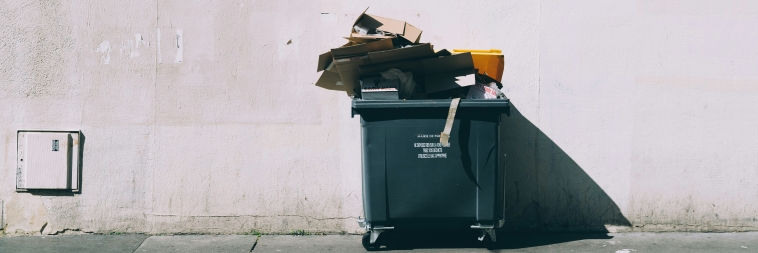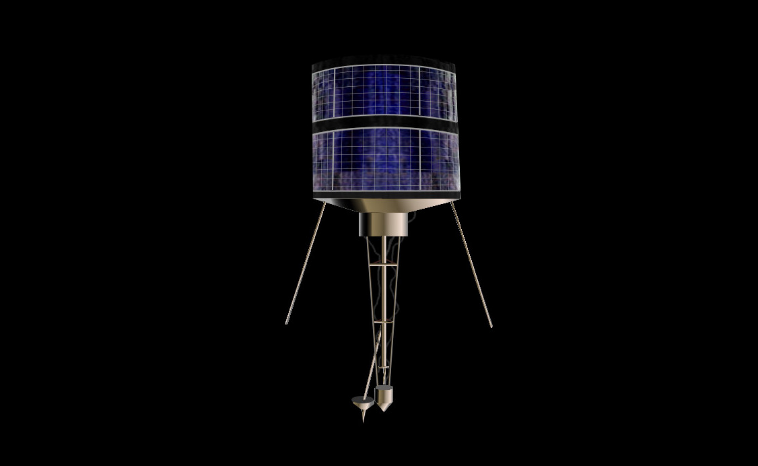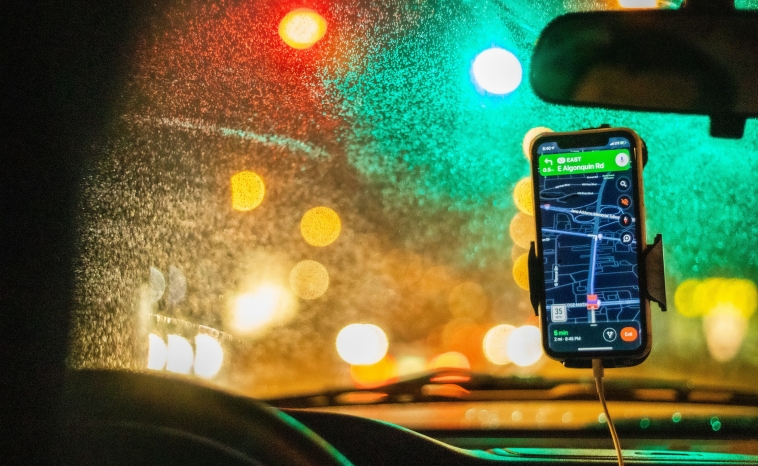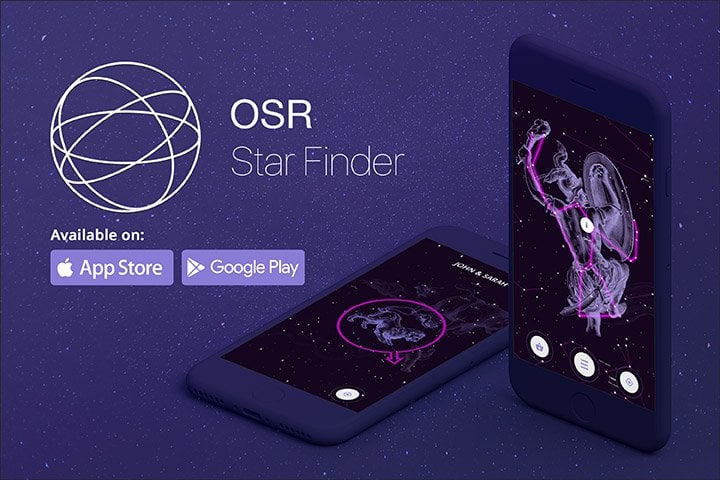Space Junk: An Increasing Threat to Space Exploration

In this article, we’ll examine the causes and consequences of space junk and explore the growing need for effective solutions to mitigate this problem.
Space exploration has been a fascinating field for many years, with astronomers making new discoveries and advancements every day. However, as we continue to push the boundaries of space technology, we are also creating a growing problem – space junk.
Space junk, also known as space debris, poses a significant threat to operational satellites, crewed spacecraft, and, ultimately, the safety of astronauts. But as dangerous as it is for operations in Earth’s orbit, space junk also has the potential to massively impact our way of life here on Terra Firma.
What Is Space Junk?
Space junk, or space debris, consists of defunct satellites, spent rocket stages, and fragments from disintegration, erosion, and collisions — all remnants of human activity beyond our atmosphere. This cosmic flotsam tells the tale of space exploration’s past glories and mishaps. But now, it poses a very real and growing threat to future missions and satellite integrity.
Imagine thousands of metallic fragments, each hurtling at speeds up to 17,500 miles per hour, capable of causing catastrophic damage to operational spacecraft and satellites. Even just a tiny piece of debris can wreak havoc. This scenario requires urgent attention and innovative solutions to ensure the safety and sustainability of space activities.
The growing density of debris increases the likelihood of collisions, leading to a cascading effect known as the Kessler Syndrome, where the number of objects in low Earth orbit increases exponentially, making space exploration and satellite deployment increasingly hazardous.
What Causes Space Debris?
Initially, space missions left behind hardware with little thought for the environmental impact. This included entire spent rocket stages, old satellites that have ceased operation, and even tools lost during spacewalks. However, collisions in space, whether accidental or through anti-satellite tests, significantly contribute to the problem by creating thousands of smaller, but no less dangerous, fragments.
With every launch, the chance of a collision increases, not just among these fragments but also with active missions. Without addressing this pressing issue, the window for safely accessing and benefiting from outer space could shrink dramatically, impacting everything from global communication to weather forecasting and even a nation’s defence capabilities.
A Brief History of Space Junk
Rlandmann, CC BY-SA 3.0, via Wikimedia Commons
The accumulation of space debris has been a gradual process, exacerbated by incidents such as the deliberate destruction of the Chinese Fengyun-1C spacecraft in 2007 and the unfortunate collision between an American and a Russian spacecraft in 2009. These events alone have bloated the large orbital debris population in Low Earth Orbit (LEO) by roughly 70%. It’s a stark reminder of the lasting footprint of our ventures into the unknown.
The United States Space Surveillance Network is tracking over 15,000 pieces of debris larger than 10 cm across, and they estimate there are over 200,000 pieces in the size bracket of 1 to 10 cm. However, the true horror lies in the potential millions of fragments less than 1 cm in size — each capable of inflicting catastrophic damage.
Organisations dedicated to tracking and mitigating the risks posed by space debris are confronting this celestial conundrum. These entities keep a vigilant eye on debris by combining radar and optical techniques, calculating potential collision courses and devising strategies to avert disaster. However, as the adage goes, prevention is better than cure, and the importance of sustainable mission designs and actively removing debris present a way forward.
How Does Space Junk Affect Us?

While the cosmos may seem boundless and unfettered, the orbit around our planet is becoming increasingly cluttered, posing a risk to spacecraft and astronauts and our way of life here on Earth. The prevalence of space junk impacts us in more ways than one might initially conceive.
For starters, satellite services, integral to modern-day conveniences such as GPS navigation, weather forecasting, and global communications, are in jeopardy. A single collision in space can set off a chain reaction, potentially disrupting these vital services and affecting everything from your daily commute to international banking transactions.
Moreover, the increasing danger of space debris has escalated the costs associated with space missions. Each launch must now include considerations for debris avoidance manoeuvres or shielding. This makes space access more expensive and limits the ambitions of scientific and commercial space endeavours.
What Can We Do About Space Debris?
With the onslaught of mega-constellations and the looming threat of the Kessler Syndrome, the need for sustainable space exploration has never been clearer. The cost and complexity of removing space debris, coupled with the projected increase in orbital traffic, underscore the urgency of our predicament.
Addressing the complex challenge of space debris requires a multi-faceted approach, blending innovation with cooperation. The first step is clearly to minimise the generation of new debris. This can be achieved through designing spacecraft and missions with sustainability in mind, such as ensuring satellites are deorbited at the end of their operational lives or boosting them to a “graveyard” orbit.
Another proactive measure is the development and deployment of debris removal technologies. Initiatives like net capture, harpoons, and laser brooms are not just the stuff of science fiction but are becoming tangible solutions that could cleanse our orbits of hazardous fragments. These technologies, however, require significant investment in research and development, not to mention global collaboration. Space is a shared domain, and the consequences of debris impact are blind to national borders.
Star Finder App

Our ventures into space reflect our bold aspirations and quest for knowledge. Yet, the growing issue of space junk reminds us of our responsibility toward safeguarding space. The problem challenges us to confront the long-term implications of our space-faring actions, ensuring that the final frontier remains a beacon of hope and discovery, not a cluttered remnant of past exploits.
To truly appreciate the magnificence of space and the imperative of keeping it clean, we invite you on a celestial adventure like no other. Embark on a stellar discovery with the OSR Star Finder App, your gateway to the stars. Unlock the mysteries of the cosmos, identify constellations, and locate your own named star!

